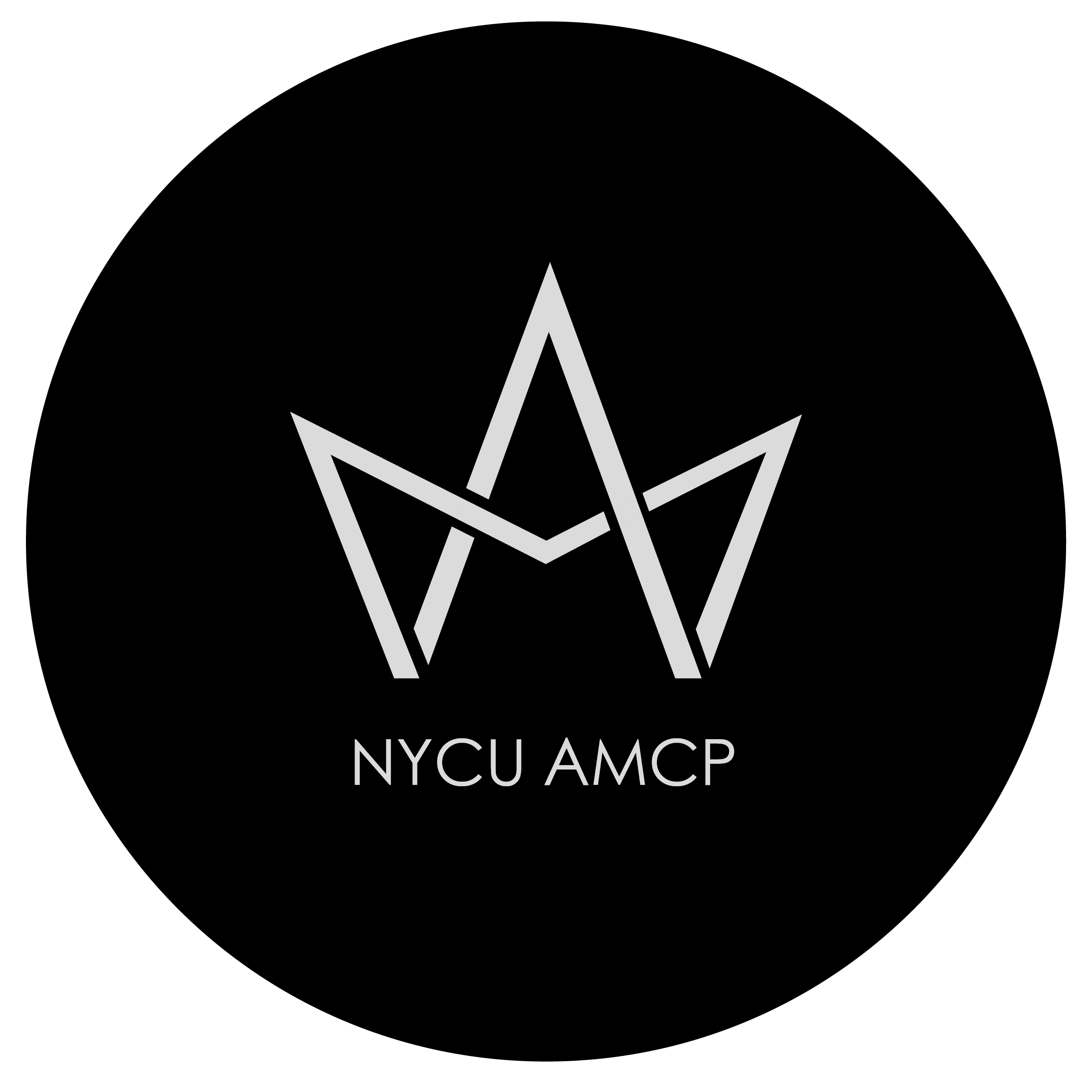「講」故事:音樂、敘述與敘事性
On Storytelling: Music, Narrative, and Narrativity
學分|2.00 類別|B類 選別|選修
本課程探討音樂和文學之間的關聯 (包含戲劇,詩,小說)。藉由賞析古典音樂,我們探索一個在音樂史上非常重要的主題: 1) 一個作曲家如何藉由音樂對他 (或她) 的聽眾描述一個故事或一個觀念 (idea)? 2) 不同的創作方式如何影響音樂敘事的能力 (如樂曲形式和配器)? 3) 音樂作品如何反映以及重新詮釋文學作品的內容?
本課程中選錄的作品大部分來自西方古典音樂主要的樂曲形式: 例如歌劇,藝術歌曲,各種形式的管弦樂曲 (如交響曲,協奏曲)。其他“非古典”的音樂作品也常和西方古典樂在敘事上互通,如中國古典音樂,電影配樂。透過這樣的介紹方式,期望能讓同學重新認識中國音樂/西洋音樂、古典/非古典音樂之間的界限。
This course offers a close critical assessment of the relationship between music and literature—drama, poetry, and novel, in particular. We will study a selected number of works from the standard repertoire of Western art music between the 18th- and the early 20th century. Furthermore, we will explore an important theme in the history of music during this period: music’s potential to portray an event, project an idea, or tell a story. The following questions will serve as our general guidelines: How does music convey a narrative? How does the genre of music affect its storytelling ability? How do the visual and physical dimensions of a music performance (e.g., the player/singer, staging, costume, choreography) enhance music’s narrativity? How do music’s dramatic context, our knowledge of the composer, and other cultural factors contribute to our understanding and interpretation of music?
Our examples come from works of major genres from Western art music, including opera, art song, and various forms of orchestral music (e.g., symphony, concerto). In addition, we will study a number of works from the Chinese classical tradition, as well as musicals and film music. These works will serve as our reference points, showing how music narrativity functions outside the Western art music tradition, and how some of the non-Western works function in a manner similar to Western classical music in their manner of storytelling.
